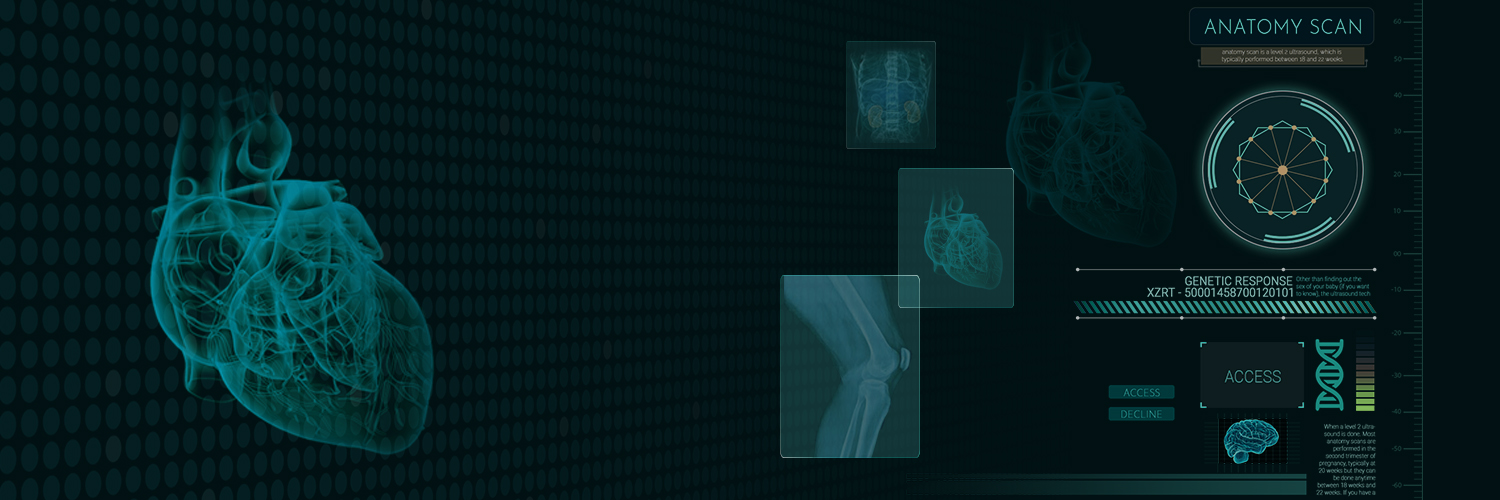
Characteristics:
Types of respiration:
Aerobic Respiration:



Differences between Aerobic and Anaerobic Respiration
| Aerobic Respiration | Anaerobic Respiration |
| Aerobic respiration takes place in the presence of oxygen. | Anaerobic respiration takes place in the absence of oxygen. |
| Complete breakdown of food occurs in aerobic respiration. | Partial breakdown of food occurs in anaerobic respiration. |
| The end products in aerobic respiration are carbon dioxide and water. | The end products in anaerobic respiration maybe ethanol and carbon dioxide (as in yeast plants), or lactic acid (as in animal muscles). |
| Aerobic respiration produces a considerable amount of energy. | Much less energy is produced in anaerobic respiration. |